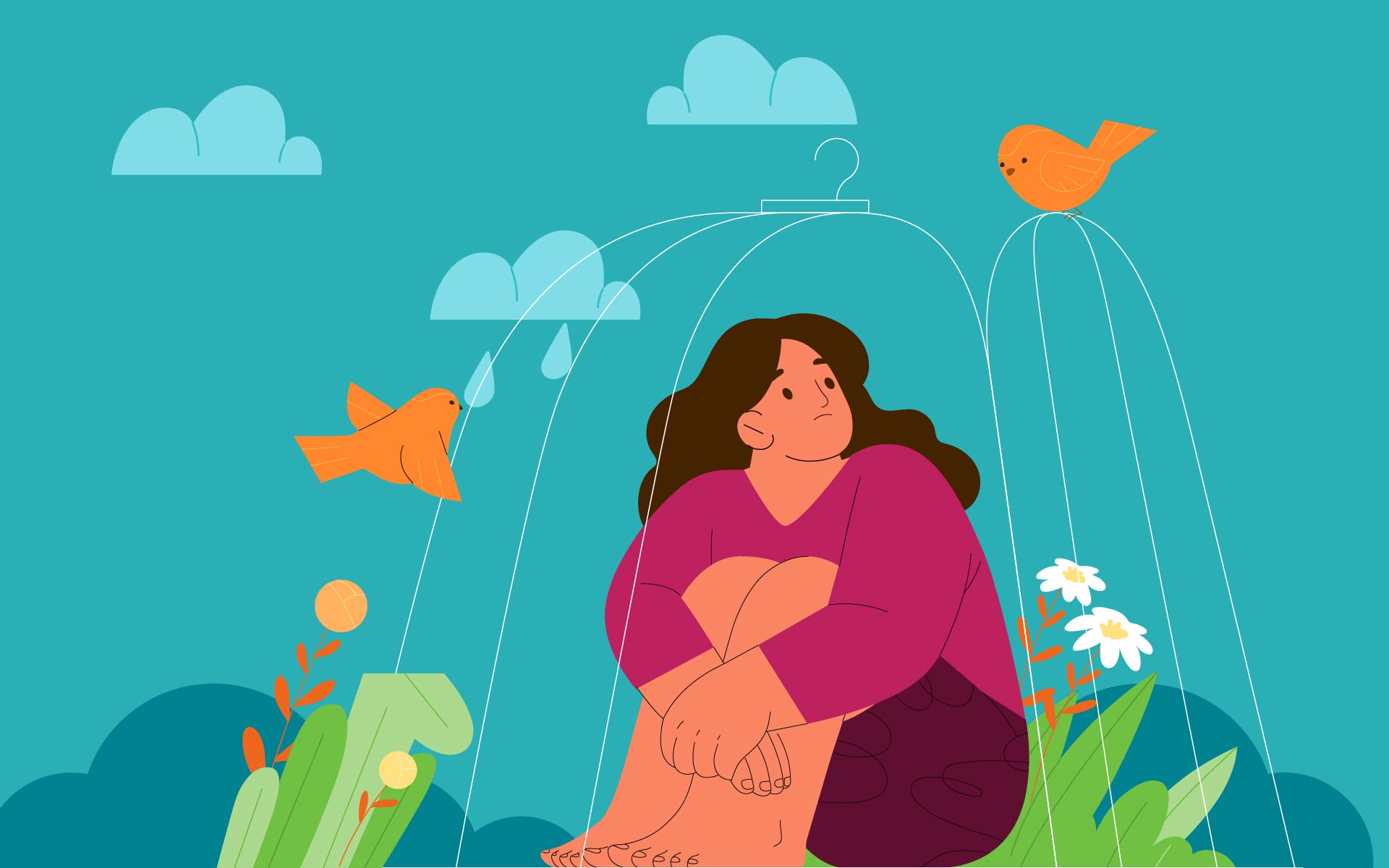Now that mindfulness practice has drawn a lot of popular attention—which is good news, since it means more people are likely benefiting from the practice—it is often written about in the press in ways that misrepresent what actually happens in the practice. The New York Times recently published an op-ed by Ruth Whippman called “Actually, Let’s Not Be in the Moment.” A number of mindfulness teachers and readers have suggested we address some of the distortions in the piece.
The author describes mindfulness practice as “policing” or “manhandling” or “struggling” with our thoughts in order to mount a “defense against the pressures of modern life.” It’s completely understandable that someone would think of mindfulness practice in this way. When you begin, in fact you usually do treat it as a struggle—as yet another opportunity to beat yourself up—until you figure out that you don’t have to. Sometimes, you need to figure that out repeatedly. And then you get a chance to laugh at yourself for making such a big deal about every single thought in your head. And laughing at yourself is almost always a pleasure.
When you encounter your worst fears and anxieties without overreacting to them, they have less control over you. You make conscious choices rather than being driven forward by the sheer momentum of your thoughts.
In the NYT piece, the present moment is described as a refuge from the past, the future, the abstract, and the imaginative. The present is not a vacation from those facets of life. It is a rich place, that contains all of them, and more, as it must for any fully functioning human being. Mindfulness practice does not ask us to fight to be in the present. It only asks us to use very simple practices to notice more often that we are actually here—fully in mind and in body.
Many people have reported that doing a mindfulness practice allows them to find a greater sense of well-being. They don’t use it as an escape or a defense against pressures. Rather, it allows them to face and work through those pressures with more focus and resilience. When you encounter your worst fears and anxieties without overreacting to them, they have less control over you. You make conscious choices rather than being driven forward by the sheer momentum of your thoughts.
Mindfulness practice is also practical. If you’re working a deep-fat fryer, to use one of the author’s examples: the more attentive to where you are, the less likely you are to get a severe burn.
There is certainly plenty of hype around about mindfulness, so we need to seek out qualified, reliable sources, just as we need to these days for any kind of news, advice, or information. And Mindful strives to be one of those sources. We know that research into the effectiveness of mindfulness is in its infancy. Early indications are promising, but it will take decades for mindfulness research to mature. Healthy critiques are helpful to counteract overselling of anything, and when some get carried away and tout mindfulness as a cure-all, it’s valuable to point that out. It hardly seems helpful, though, to denigrate the present moment—the only moment we ever have to live in.







